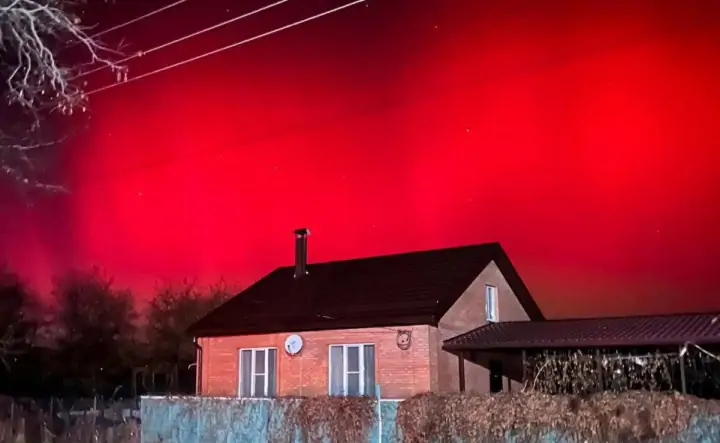XPan
The Living Force
Stockholm Aurora time
13-14 March 2022
The last outbreak in the beginning of march didn't really generate anything over the City of Stockholm - and I don't know why. While inland, people did capture images of Northern Lights...
However last night, Northern lights appeared briefly around 19.00 local Swedish time. Then somewhere around midnight stronger burst appeared covering a lot more of the sky, at time even half of the sky - but very weak (like a greenish haze) which to the naked eye wasn't bright or anything. Some "curtains" remained visible to the naked eye. (Keep in mind with photos like the ones below... they always look brighter and more colorful in photos, compared the naked eye).
It is only when you get really strong auroras, that sight is truly remarkable to the eyes.
First out
a broad panorama stiched together out of 4 vertical images, covering North to East around 00:34. Then they subsided quickly again (00:41), only to appear anew (00:50) and for a very short moment, there were multicolored Auroras visible (01:05, 01:07)




 '
'


13-14 March 2022
The last outbreak in the beginning of march didn't really generate anything over the City of Stockholm - and I don't know why. While inland, people did capture images of Northern Lights...
However last night, Northern lights appeared briefly around 19.00 local Swedish time. Then somewhere around midnight stronger burst appeared covering a lot more of the sky, at time even half of the sky - but very weak (like a greenish haze) which to the naked eye wasn't bright or anything. Some "curtains" remained visible to the naked eye. (Keep in mind with photos like the ones below... they always look brighter and more colorful in photos, compared the naked eye).
It is only when you get really strong auroras, that sight is truly remarkable to the eyes.
First out
a broad panorama stiched together out of 4 vertical images, covering North to East around 00:34. Then they subsided quickly again (00:41), only to appear anew (00:50) and for a very short moment, there were multicolored Auroras visible (01:05, 01:07)












 (which i used to have with me most of the time)
(which i used to have with me most of the time)


